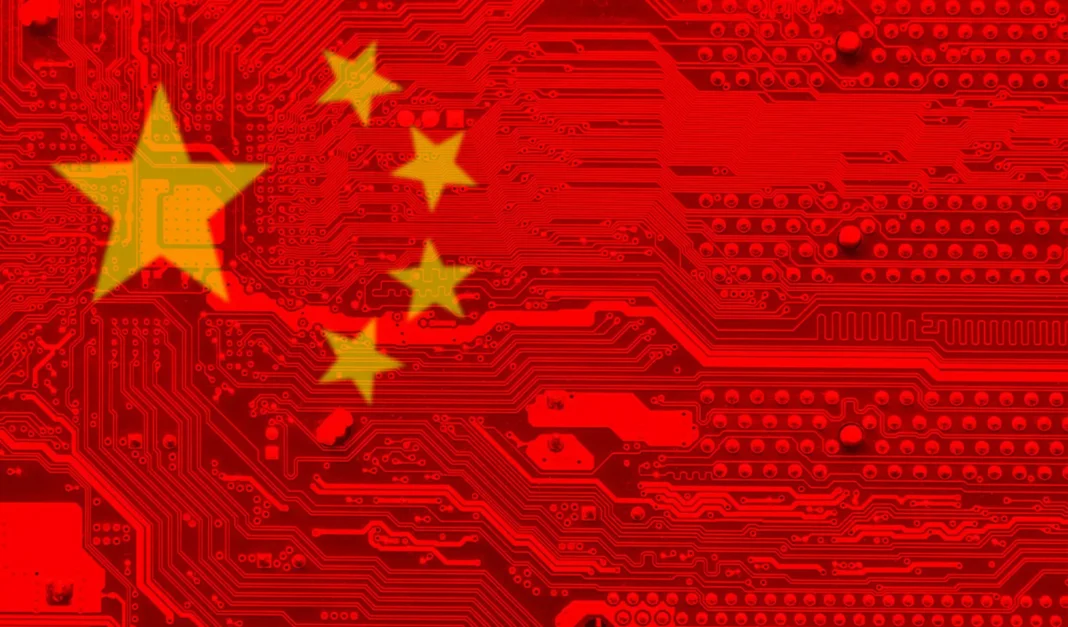The Australian Strategic Policy Institute (ASPI) recently released a report asserting China’s dominance in “critical technologies.” The report claimed that much of China’s progress has come from elaborate high-level design and long-term policy planning.
It also claimed that Western democracies are losing out in global technological competition and urged them to invest more in research and form closer collaborations to curb China’s dominant positions in those technologies.
Before action is taken, it is essential to make sense of China’s rise in critical technologies and separate fact from fiction.
Claiming that China’s lead in research outputs indicates its dominance in “critical technologies” is a case of equivocation. Research output does not necessarily reflect technological innovation capability.
China has undeniably made significant progress in research output over the past two decades, mainly due to substantial funding from the central government for leading universities and research institutes based on a ranking-driven model.
But this model has prompted researchers to prioritize short-term incentives over long-term knowledge inquiry, which is driven by academic curiosity but accompanied by high uncertainty and risk.
China has pursued the path of Western technological forerunners by imitating, assimilating and replicating existing scientific research. Once Chinese scientists reach the technological frontier, they must adjust their strategy to engage in cutting-edge and future-defining research.
When it comes to research outputs, the scale of inputs plays a significant role. In 2022, China’s total number of research and development (R&D) personnel surpassed five million person-years, creating the world’s largest scientific and technological talent pool.
When accounting for purchasing power, Chinese researchers, except for top scientists, are generally less expensive than the OECD average. China has nearly double the number of full-time researchers, equivalent to the combined total of the United States and the European Union. It is not surprising to see China making strides in research output.
Yet research quantity does not always equate to quality. ASPI’s technology tracking offers aggregate comparisons across countries and technological fields, but it doesn’t capture accurate measurements of research quality. This is because its rankings of a country’s position in a specific technological field are based on publication citations.
Although ASPI’s report asserts that self-citations are legitimate, citation-based indicators give large organizations a noticeable advantage in publication impacts when self-citations are included.
Another limitation of ASPI’s rankings is the insufficient weighting of journal and author influences in research, which could downplay those who conduct groundbreaking and future-defining research. When using bibliometric analytical methods such as co-citation and co-occurrence analyses, the United States outpaces China by a significant margin in many scientific fields.
Building technological innovation is a gradual and cumulative process driven by industrial R&D. China has a relatively short history of industrial innovation, which is path-dependent. For this reason, China has few advantages in established industries such as semiconductors and pharmaceuticals, where Western incumbents hold “patent thickets” that curb China’s catch-up.
While China contributed 27.5% to total global R&D expenditures in 2022 against the United States’ 35.6%, US technology giants still dominate research and innovation in critical technologies such as artificial intelligence.
Unlike the United States, China’s research and innovation progress occurs on different tracks. A conundrum has raised concerns among policymakers — while the research community celebrates breakthroughs in publication quantity, industries face many “chokepoints” in critical technology supply chains.
Less than 4% of China’s research outputs from universities have been translated into industrial innovation capabilities — much lower than in most industrial countries. Building a bridge between China’s research and innovation has become a policy priority.
Finally, the notion that China’s industrial policy plays a critical role in its research and innovation is a myth. China does not have a single industrial policy — instead, it has numerous policies that lead to intra-governmental competition, resulting in duplicated efforts and wasted resources.
One approach to overcoming this challenge is to establish a new national innovation system. A centralized national system may provide innovation advantages for critical technologies.
Technologies with a clear scientific foundation and developmental direction that require substantial investment and collaboration among a wide range of stakeholders — such as chipmaking — would benefit most. But the effectiveness of research and innovation within such a centralized framework remains to be seen.
In the end, a focus on long-term scientific research and grassroots entrepreneurship will be crucial for achieving technological breakthroughs. The creation of a Chinese Communist Party-controlled committee to supervise science and technology policy could result in China’s exclusion from the global research community — something that is already occurring. Following decades of growth, the number of joint papers between US and Chinese scientists has experienced a significant decline in recent years.
The Jiuzhang 2.0 quantum supercomputer. Photo: University of Science and Technology of China
The ramifications of ASPI’s findings are substantial. Technology lies at the heart of today’s geopolitical competition and the future of modern society. The United States and the West have imposed technology sanctions against China to maintain their leading positions in critical technologies amid a growing perception of a “China threat.”
ASPI’s recommendations might be viewed as unintentional promotion of fragmentation of the international research community, which could obstruct global collaboration in addressing shared challenges such as climate change, public health and sustainable development.
Considering that the institute receives partial funding from the Australian government, this report may cast a shadow on the delicate and gradually recovering Australia–China relationship.
Marina Yue Zhang is Associate Professor at the Australia-China Relations Institute, University of Technology Sydney.
This article was originally published by East Asia Forum and is republished by Asia Times under a Creative Commons license.
asiatimes.com

